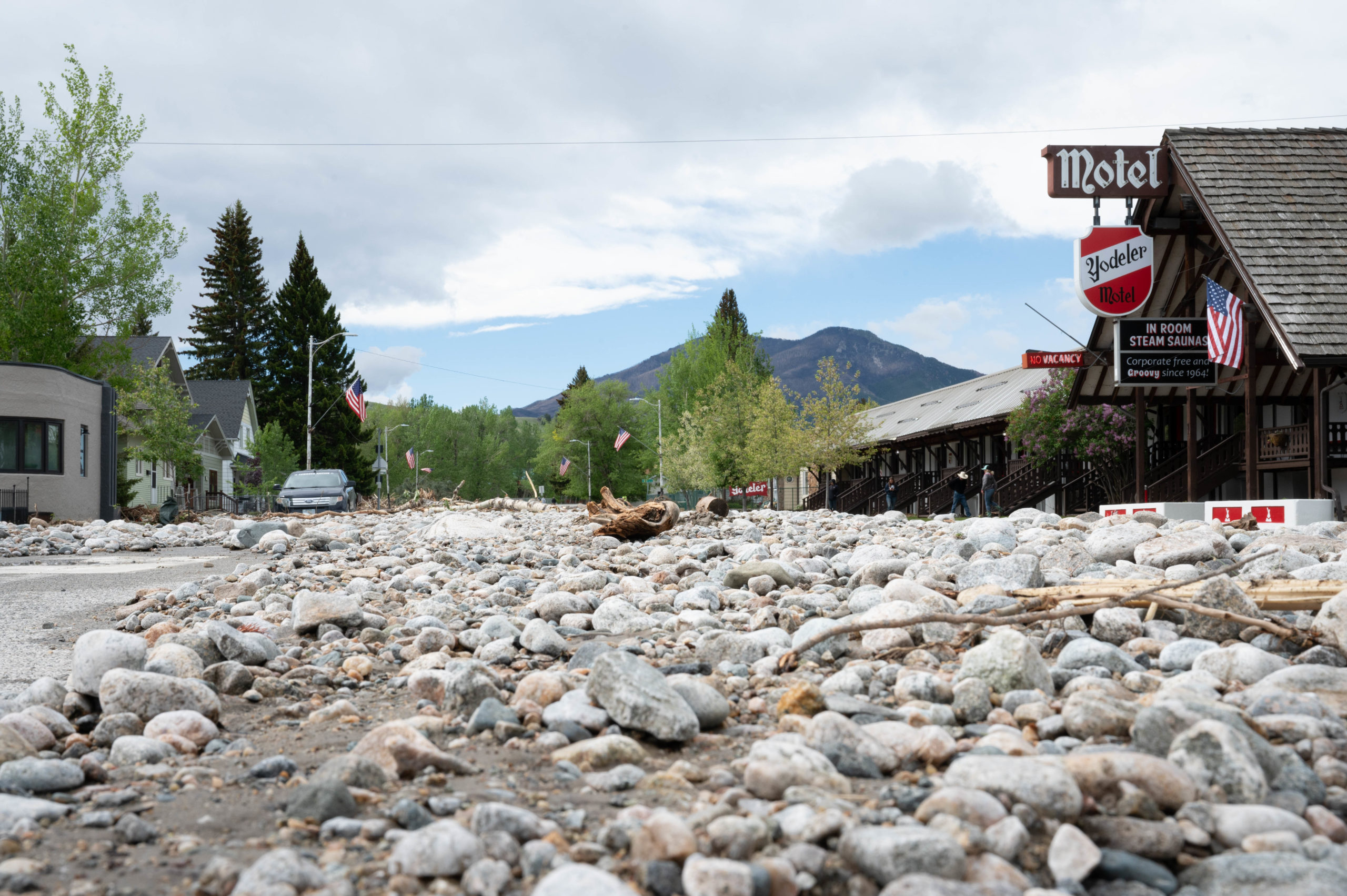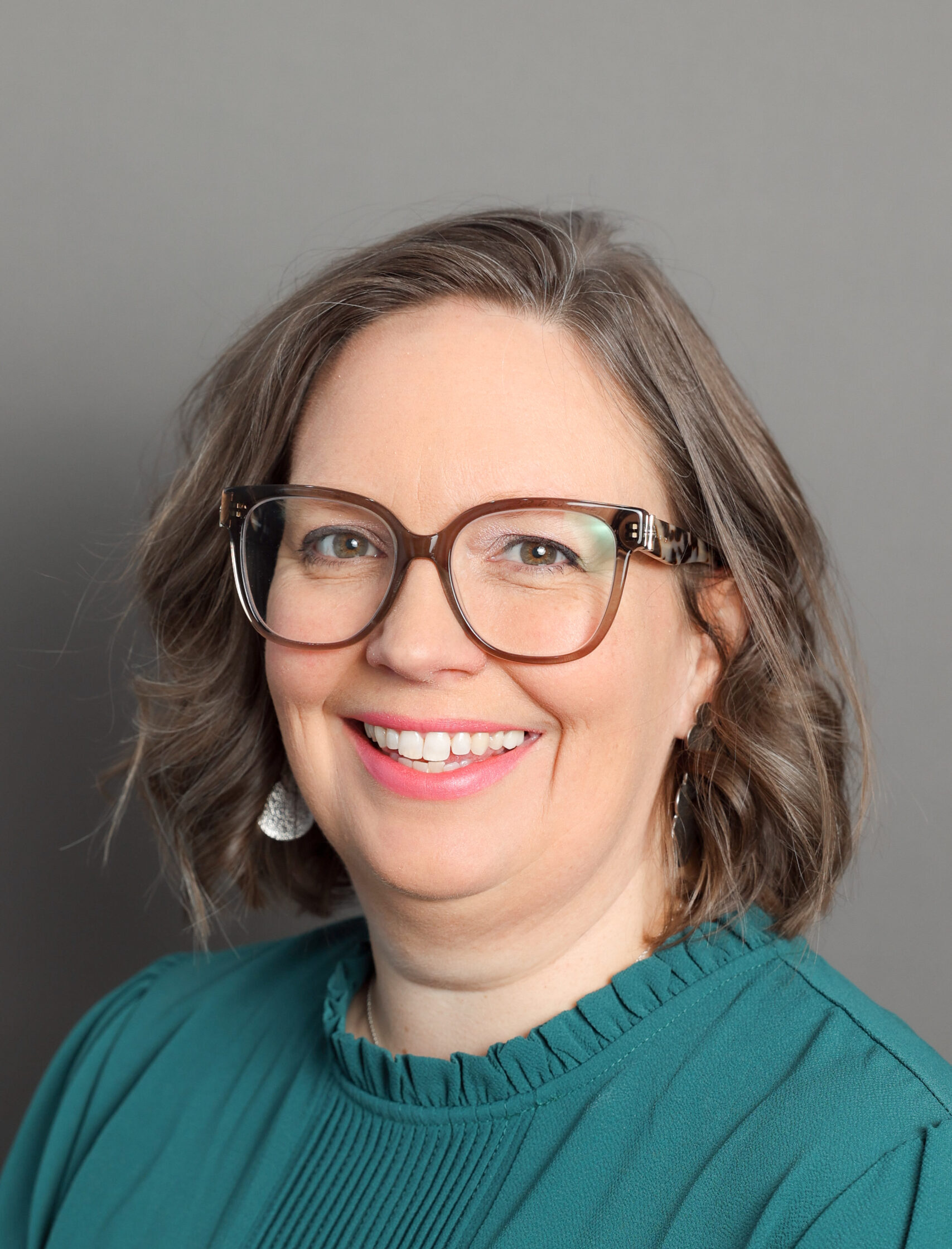Flooded, flown over and forgotten

I recently overheard a disaster survivor describe her community as “flooded, flown over and forgotten.” This description reverberates in my head as I think of communities across the region I work in that have experienced flooding and are struggling to survive.
In this crowded news cycle, with the enormity of the world’s grief, chaos and loss, how do we face these huge challenges and maintain the recognition of the individual and human stories?
Near my desk, I have two notes that I glance at often. One says: What is mine to do? Personally, there is a whole list of things that are mine to do, some are tedious and never-ending, like laundry, but some are big and weighty, like attending funerals and being present for family and friends.
In my role as director of the Midwest Early Recovery Fund at the Center for Disaster Philanthropy, what’s mine to do involves drawing attention to low-attention disasters. I want to encourage us not to turn away because it’s another piece of bad news.
Instead, let’s look beneath the headlines to see, assist and remember the people and communities that feel flooded, flown over and forgotten. Share on X
Beyond the headlines: 2022 Montana flooding
On June 13, heavy rainfall and quick mountainous snowpack melt began to inundate Yellowstone National Park and the surrounding Montana communities. Over the next several days, we saw videos of houses and bridges falling into the Yellowstone River and heard reports about the national park being evacuated and closed.
Unlike other low-attention disasters, this one made the national news and this attention both helped and hurt. The attention was short-lived and focused primarily on the park; many saw the coverage and canceled plans to visit or shifted vacations. This area of Montana relies on three months of summer tourism and the economic impact on these gateway communities is staggering.
The attention missed impacts on housing for renters and low-income families, and on smaller communities not directly attached to the park. It also missed the implications of the existing challenges and social vulnerabilities that are present in many rural communities, which have been exacerbated since the beginning of the pandemic in 2020.
Montana is the fourth largest state by area in the U.S.; the affected area, Stillwater, Carbon and Park Counties, covers 6,680 square miles. The population is 37,364. The damage is still being assessed, but we know that more than 400 residences will be included in the final counts. Hundreds of households are navigating the complexity of insurance, federal, state and local assistance; and making decisions about repairing or rebuilding and starting over.
People have lost their jobs or had them shut down temporarily. It will take time to repair roads and bridges, forcing some to have longer commutes or be isolated from emergency and essential services. Land used for grazing cattle and producing food and fuel is damaged or in some places gone; the agricultural impacts are yet to be fully determined. Tourists who bring money to the community will stay home or visit another community, affecting income and economic stability for the entire region.
While state and federal resources will be essential in the recovery efforts, these resources will not meet all needs. Local nonprofits, social service agencies and faith communities will continue to take on the largest burden in recovery
These community-based organizations will need funding to ensure they can continue their mission and meet the new and emerging long-term recovery needs. Disaster impacts are real regardless of community size or location; I know from experience that these disasters often require more ingenuity, persistence and support to generate the resources (people, training, time and materials) for successful recovery.
How to help
- Support community-based organizations and collaborative efforts. No one organization, agency or funder can do this alone, and the best recovery efforts are those that are locally designed and driven.
- Fund disaster case management. Disaster case management is critical for households as they navigate the complexities of recovery.
- Support capacity and operational/administrative costs. Organizations need staff who are well-compensated for the difficult work ahead, and they may need specialized training and resources to lead recovery efforts. They also need funds for mileage to travel to homes and dollars to keep the lights on and create a welcoming environment for survivors.
- Don’t forget youth, children and mental health. The impacts of disasters are much more than the physical loss of homes and infrastructure. Members of the community will need emotional and spiritual care as well as mental health support as they recovery.
The second note that is always close to my desk is from the Talmud: “Do not be daunted by the enormity of the world’s grief. Do justly now, love mercy now, walk humbly now. You are not obligated to complete the work, but neither are you free to abandon it.”
The Midwest Early Recovery Fund will continue this work of paying attention to the disaster recovery needs of communities like those in Montana. If you’re interested in joining us in these conversations and seeing how you can play a role in bringing hope to communities affected by low-attention disasters, I’d love to have a conversation with you.
